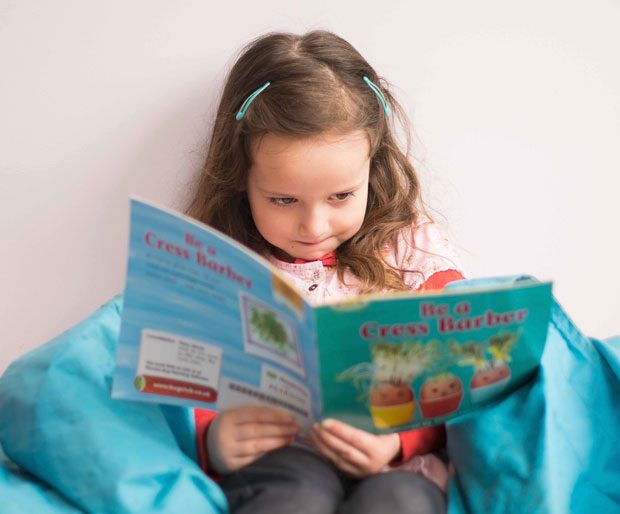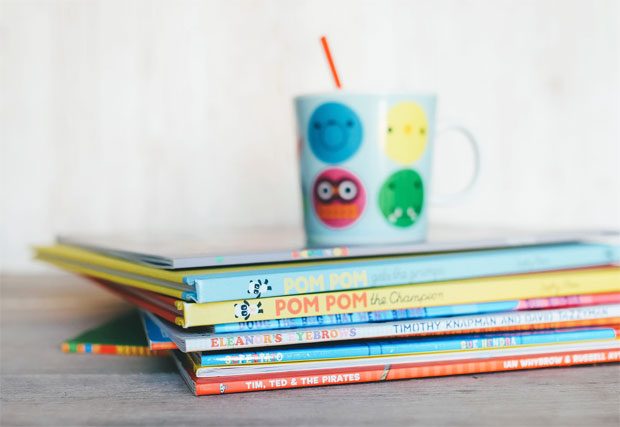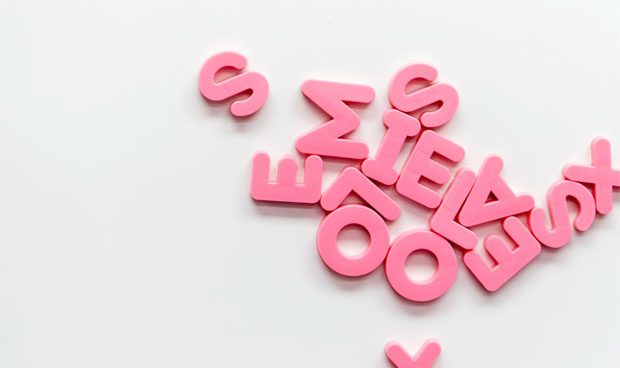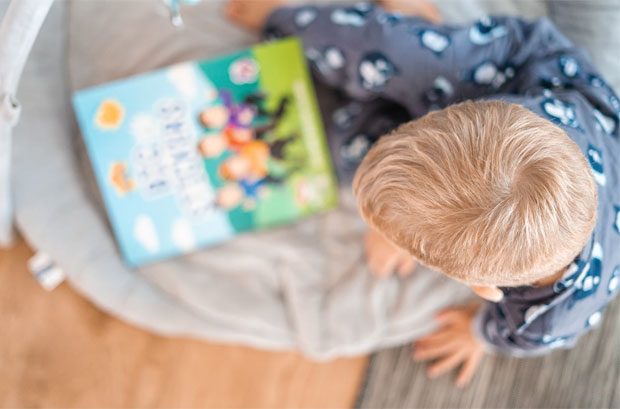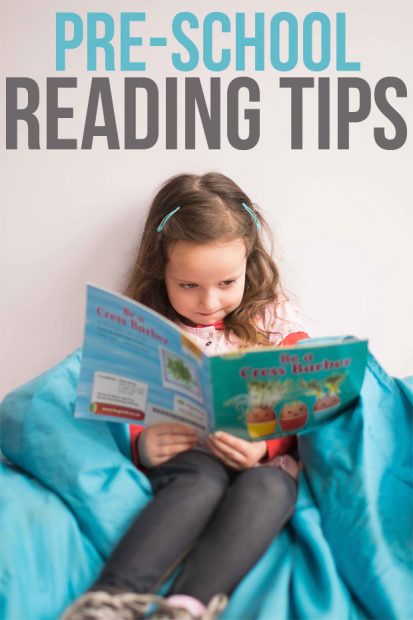Pre-School Reading Tips
Pre-School Reading Tips
When children start school, there will be those who can read fluently, those who cannot yet recognise any letters, and those who may not know which way up a book goes, or how to turn the pages.
You should not feel at all pressurised into teaching your children to read before starting school, but it is important to introduce books and reading to your children from the earliest age to give them the best possible start.
Have fun sharing books and reading aloud to your children as much as you can. Rather than racing through a bedtime story, let children interrupt and ask questions. Leave time at the end to discuss the book properly. Making reading sessions more interactive will stimulate your child’s comprehension and is more likely to encourage a love of books.
When children start school, they will learn to read using phonics. So, it is the letter sounds that are more important to learn rather than the letter names. Different schools use different phonics programmes, but it is likely that children will learn their letter sounds in small groups together and then work on blending them to make words. The first sound group is normally ‘s, a, t, p, i, n’. Once children know these sounds, they will be encouraged to blend them together to make words, such as ‘s – i – t’.
The speedier children become at recognising letter sounds, the easier it becomes to blend them together and learn to read. There are many fun ways to introduce and reinforce letters and sounds. Here are a few to try:
- Fishing for Sounds A great adaptable game for early readers. Write letters (or groups of letters to make a sound e.g. oo, ch) onto plastic ducks or other objects and put them in the bath. Scoop them out with a net and use the sounds to play games e.g. make words beginning / ending with the sound.
- Phonics Hunt This can be played anywhere. Call out a sound (e.g. b, a, ch, oo, oa). Children then have to name or collect as many things as they can, either beginning / ending or containing the sound.
- Phonic Pebbles These can be bought from various places such as yellow-door.net but are basically pebbles with letters written on them and are easy to make yourself. Once children can recognise the letter sounds, try games such as ‘Full Circle’, where children start off making a simple word such as ‘pin’. Change one letter at a time and see how many different words can be made until you get back to the original word (e.g. pin – pit – pat – sat – sit – sin – pin).
- Shaving Foam! Have fun practising writing letter sounds with your finger in shaving foam on your kitchen table. If you want to get really messy – add a little paint!
As soon as children have learned the first few sounds, they can start to read. Selecting the right level of books to build confidence is important. Reading scheme books are designed to do this and are central to teaching children to read in primary schools. There are a number of fully decodable reading schemes available – such as Phonics Bug, Big Cat Phonics and Floppy’s Phonics.
The most important thing to get right when helping children read is to pronounce sounds correctly. This might seem obvious – but when sounding out ‘mat’, it is important to sound out the ‘m’ at the beginning as ‘mm’ sound rather than ‘muh’. There are lots of websites to help with letter sound pronunciation, such this one.
For more information on phonics books and access to a wide variety of reading schemes, visit www.readingchest.co.uk. Use the discount code MUMREVIEWS to get £5 off your first month’s membership.
Guest Article provided by Reading Chest. See my Reading Chest review here.

